Why Big Tech Is Realigning Office Portfolios
Uncertainty over the economy and changing work structures are among reasons why such firms as Meta are shedding space in New York City.
Big technology companies like Meta and Amazon are cutting back some of their Class A office space in Manhattan and office leasing experts say it’s not surprising as they and other businesses grapple with growing economic headwinds and changing space needs due to hybrid and work-from-home trends.
The most recent tech announcement came last week with news that Meta, the parent of Facebook and Instagram, was exercising an early termination clause and giving up 200,000 square feet of space at 225 Park Ave. South. During the summer, Meta said it was halting plans to expand its space at 770 Broadway and in Hudson Yards. Also in July, Amazon reportedly decided against further expansion at 5 Manhattan West.
Meta will still have about 2 million square feet of space in Manhattan, including offices at Hudson Yards as well as 730,000 square feet of space it recently moved into the Farley Building, a former post office and landmark building redeveloped by Vornado.
READ ALSO: Return to Office Sentiment Heats Up: BOMA
A Meta spokesperson said in prepared remarks the company had always viewed 225 Park Ave. South as a bridge space until its Hudson Yards and Farley offices were ready. She said the company remained committed to New York and was making investments to support its most strategic long-term priorities.
The news also comes as Meta CEO Mark Zuckerberg said the company will reduce its headcount with a hiring freeze and plans to restructure teams. Other major tech companies including Google parent Alphabet, Microsoft and Apple have said they may slow hiring and possibly have layoffs.
Brad Tisdahl, CEO of Tenant Risk Assessment, said the expectation is that in the short term, there will be less need for space for some of the bigger tech occupiers because of the uncertainty in the markets and rising interest rates.
“The appetite just won’t be there if the rates keep rising. Even when rates settle in, it might take a little while for some of these companies to reposition themselves for growth,” he said. “Based on what we know today, we would expect that probably there will be a lot cooler demand from tech, which has been a pretty steady consumer of space, certainly in the New York City market.”
Mike Slattery, CBRE’s associate director or research, said all tenants are examining their envelope of space and planning for how they will enact changes to react to hybrid work and the health of their companies.
“While Facebook may not be in a growth mode, other small, mid-size and large tech firms are very active,” Slattery told Commercial Property Executive.
He added that it’s not uncommon for tenants to shed space in time of economic headwinds.
“Tenants are shedding space via the sublease market for the past two years, so it’s not a shocking development,” Slattery said.
“Some of the space reduction has been from tech but it is not outsized compared to their footprint,” he added, noting tech makes up 12 percent of the sublease space and about the same footprint for occupied square footage.
Timing might be right
Tisdahl said some of the tech companies might be looking at the financial benefit of penalties of some of these early termination leases and decide it’s worth it to do it now.
“A lot of these companies are still flush with cash and they can afford to pay the termination fee and they may begin to look at this as a way to begin some of that consolidation as they codify a hybrid model,” Tisdahl said.
Rob Raymond, managing director, Real Estate Solutions Group, FTI Consulting, agreed. He said it may be happening in other Tier 1 cities where companies are taking advantage of the depressed commercial office market to reduce their footprint to be more cost effective.
“They’re not leaving key cities like New York and San Francisco. They’re simply taking early terminations or buyouts of expensive space in order to take advantage of it being an occupiers’ market right now to relocate within those cities and negotiate for better space and a better location for lower rent,” Raymond told CPE.
Raymond said he worked with a finance tech company located across the Hudson River in Jersey City, N.J., which is seriously considering moving their headquarters to space in downtown Manhattan that was less than $50 per square foot.
“It wasn’t that they were moving out of the New York area,” Raymond said. “You can get a fantastic building at a fantastic rate and lock that in.”
Raymond stated vacancies in downtown Manhattan have not been at this level since 2001 and 2002 when that part of the city “was suffering from the double whammy of the dotcom bust and 9/11.”
According to CBRE’s third-quarter data, the average asking rent in downtown Manhattan was $57.69 per square foot, down 1 percent both quarter-over-quarter and year-over-year. The sublease availability was 6.7 percent, with the asking average rent down 6 percent from one year ago to $46.99 per square foot. In Midtown South, a popular tech location, the average asking rent was $82.49 per square foot, up 1 percent quarter-over-quarter and up 4 percent year-over-year. The sublease availability was 4.7 percent with the average asking rent up 7 percent from one year ago to $66.65 per square foot. The overall Manhattan average asking rent was $76.73 per square foot, down 1 percent quarter-over-quarter but up 1 percent year-over-year. The sublease availability was 4.9 percent, with the average asking rents up 3 percent from one year ago to $59.10 per square foot.
Peter Gross, an Avison Young principal specializing in transaction management, said while activity in downtown Manhattan has been relatively low recently, tech tenants still account for 10 percent of the post-COVID activity from April 2020 to today.
“Historically, downtown has seen a large share of tech leasing activity—Spotify, Uber and Asana as examples. This has been a trend since before the pandemic with the rise of popular residential buildings, the ease of commute for workers from Brooklyn and New Jersey and the lower price point allowing for higher flight to quality at a lower rate,” he told CPE.
Gross said the flight to quality trend continues to represent most of the activity in the leasing market in Manhattan.
“Of the more than 1,300 leases signed since April 2020, over 62 percent have been in Class A and trophy buildings, and this holds true for tech tenants. In Midtown South, there have been 255 leases signed since April 2020; 30 percent of the leasing activity was attributed to tech,” he said.
More third quarter data
As of the third quarter, tech remains the second-most active industry segment in Manhattan, accounting for 13 percent of all leasing activity for new deals and expansions, according to CBRE. The finance sector makes up the largest share with nearly 38 percent.
Slattery said Midtown South remains an attractive area for tech, making up 29 percent of leasing activity in the market in 2022—the most of any industry in that submarket.
Tech’s footprint equates to nearly 11 percent—or about 42 million square feet—in Manhattan while the finance industry’s footprint is 27 percent—or about 105 million square feet, according to CBRE. Slattery noted both tech and finance shares of leasing continues to outpace their share of the market. For tech, it’s 13 percent of leasing to date in 2022 versus 11 percent of the committed market. For finance, it’s 38 percent of leasing to date in 2022 versus 27 percent of the committed market.
Gross noted that post-COVID from April 2020 through today tech leasing accounts for 18 percent of new deals and expansions, ranking second to banking/finance. He added Avison Young’s data states in the third quarter of this year, overall leasing activity was at 8.1 million square feet. Of that, tech leases accounted for 7.6 percent of leases in terms of number of all leases signed, and 11.5 percent of all leases by square footage.
In 2019, tech’s share of leasing in Manhattan spiked to 25 percent of annual leasing due to some large mature tech firm leasing deals, Slattery told CPE. In the years leading up to the spike in 2019, tech’s average share of leasing was 12 percent, so still larger than their footprint share, indicating a growing industry, he said.
While the big tech occupiers may be shedding some of that space or holding off on expansion plans, the good news is that smaller tech firms may be looking for sublease deals.
“We’ve been seeing more of our clients do subleases with some of these bigger tech firms where smaller tech companies might be coming in and trying to vie for some of that sublease space,” Tisdahl said.






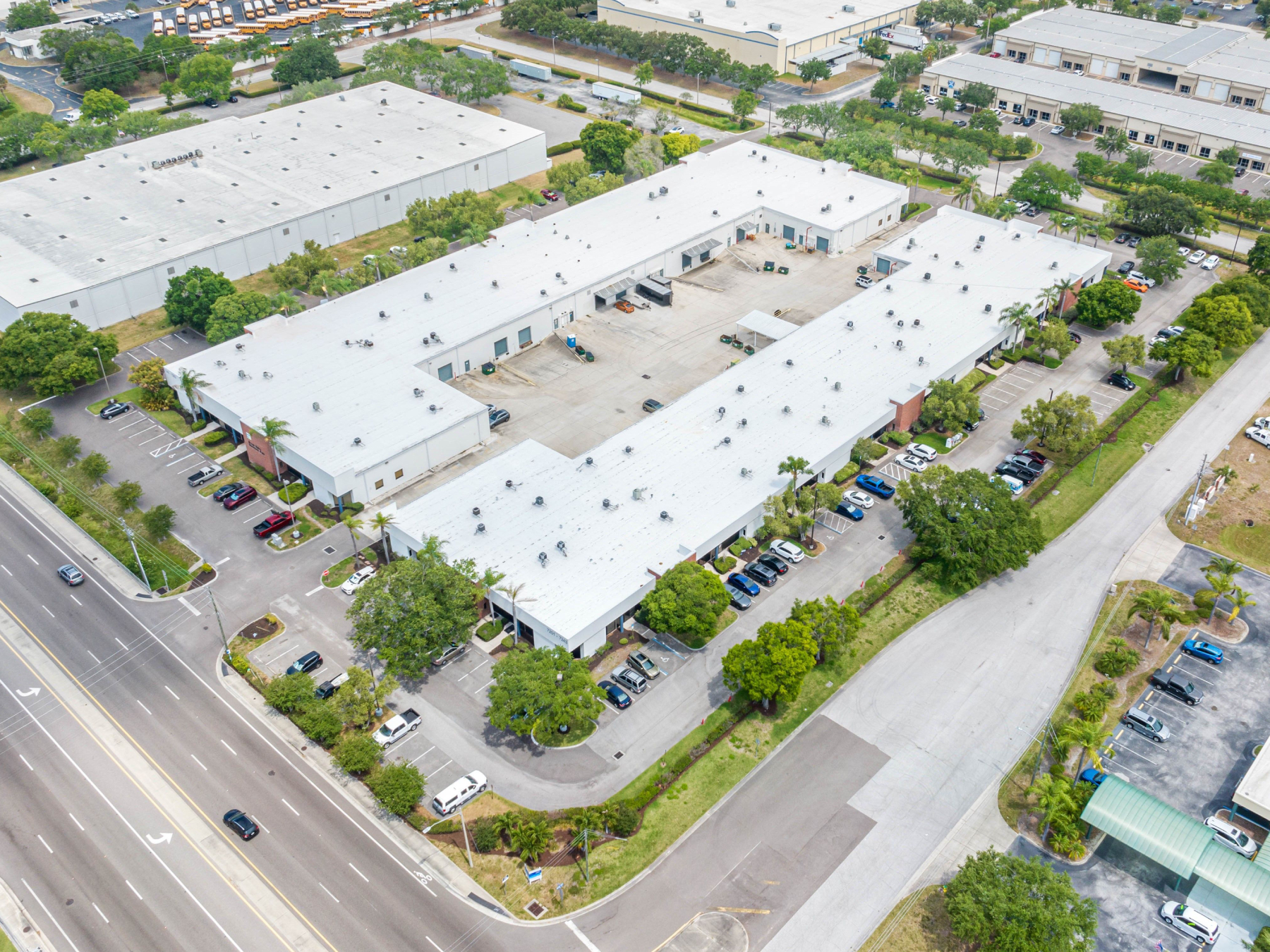
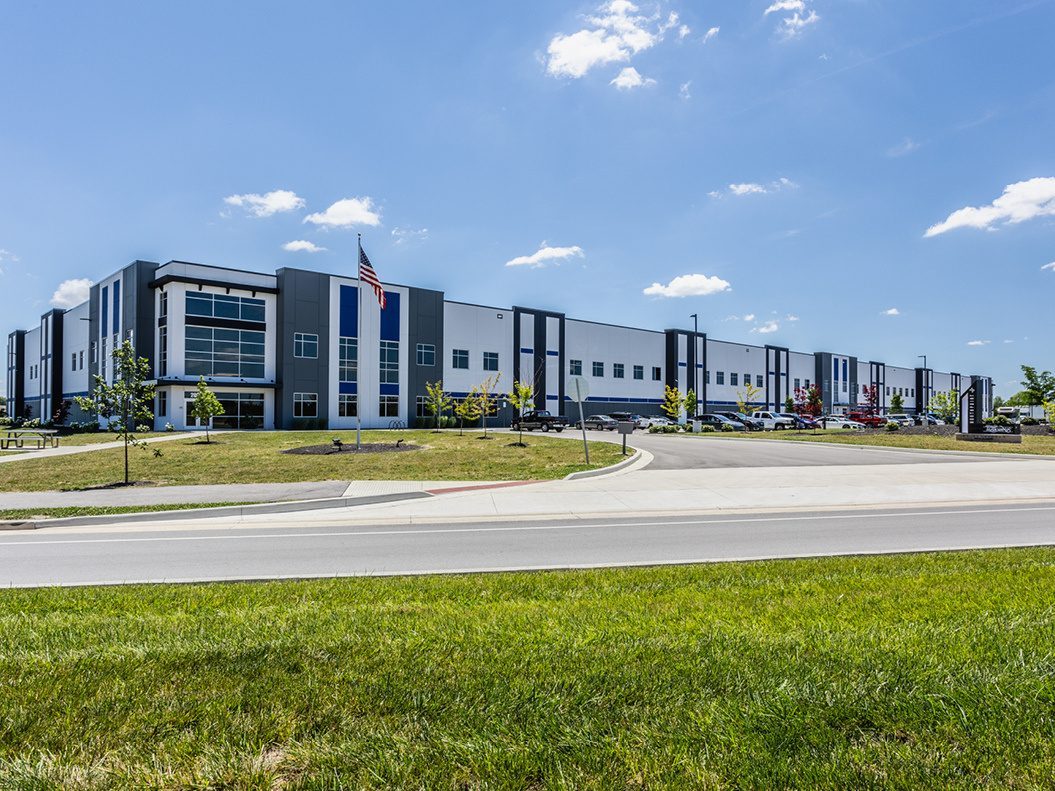
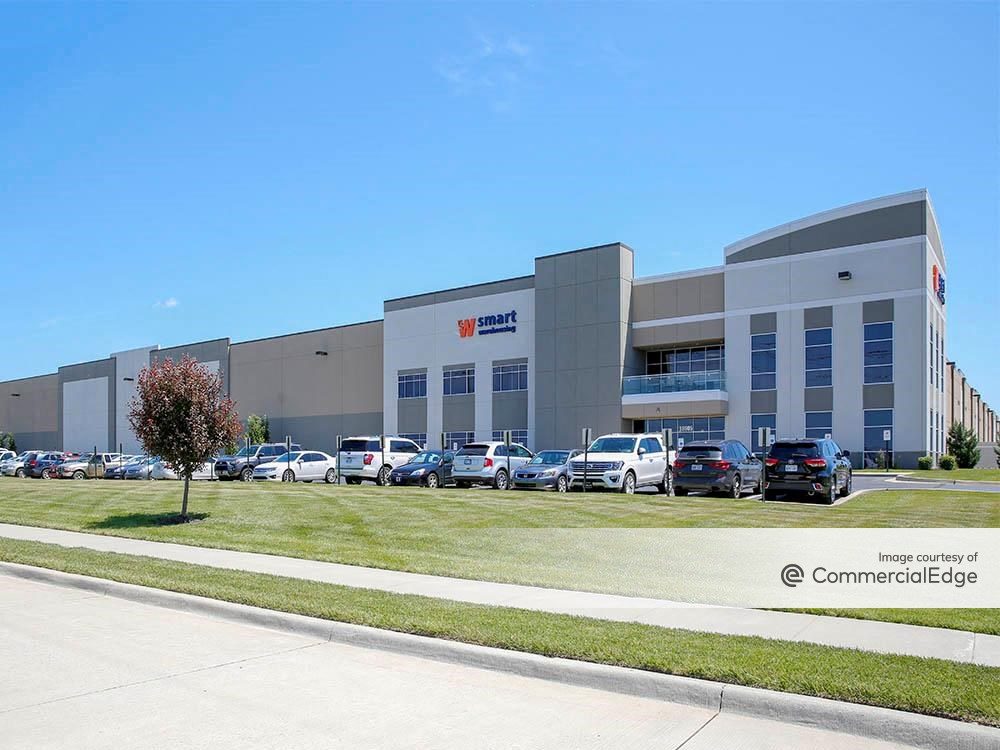
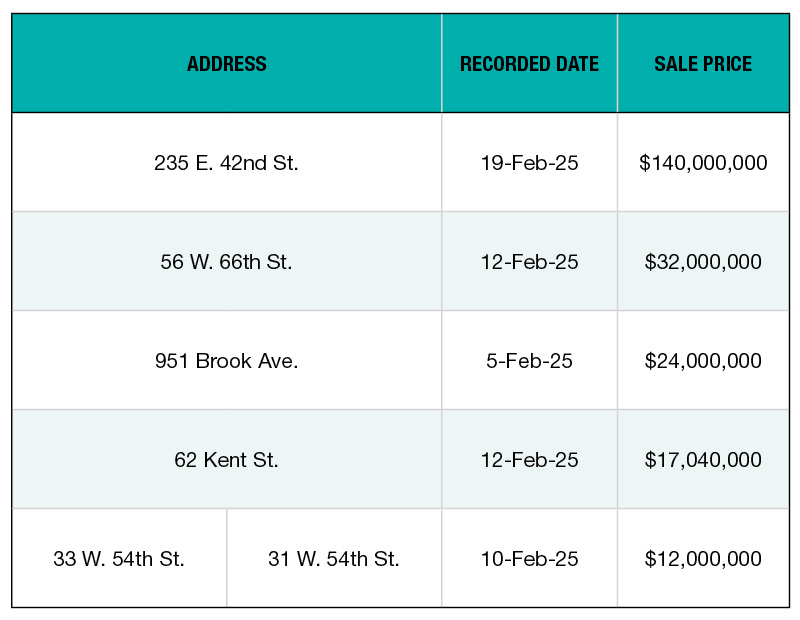

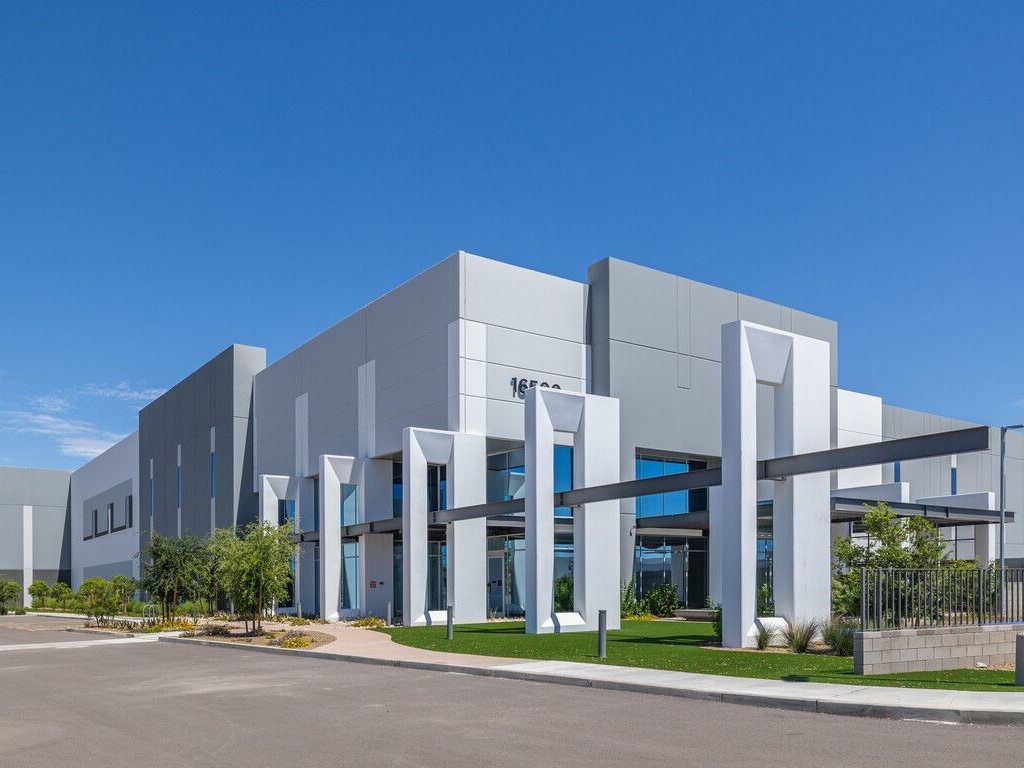
You must be logged in to post a comment.